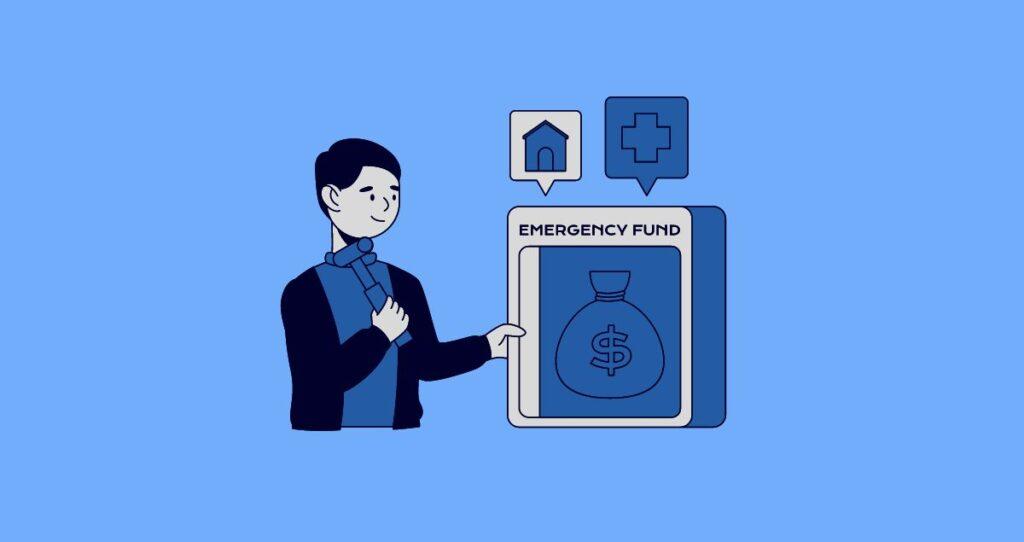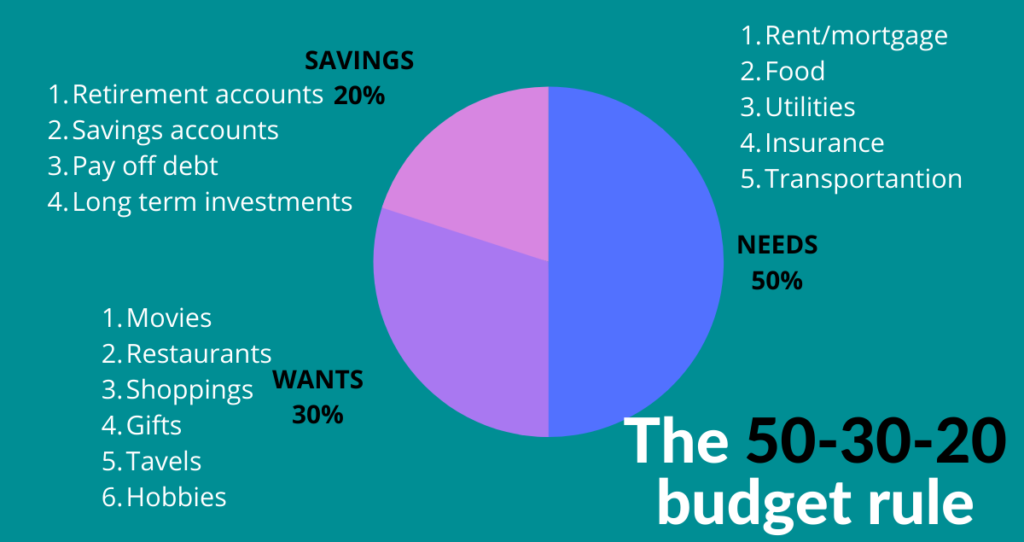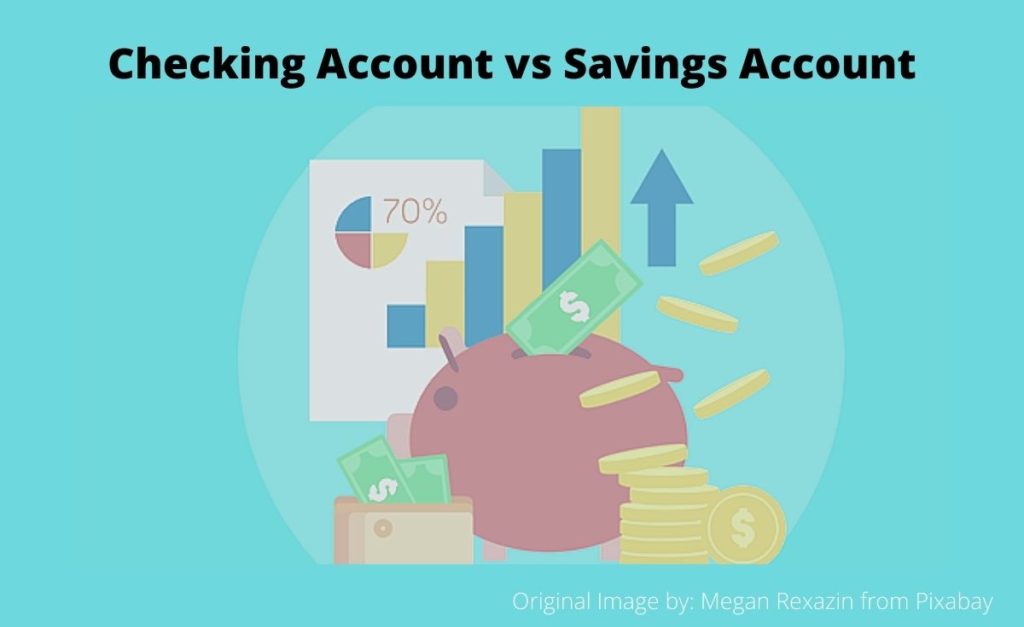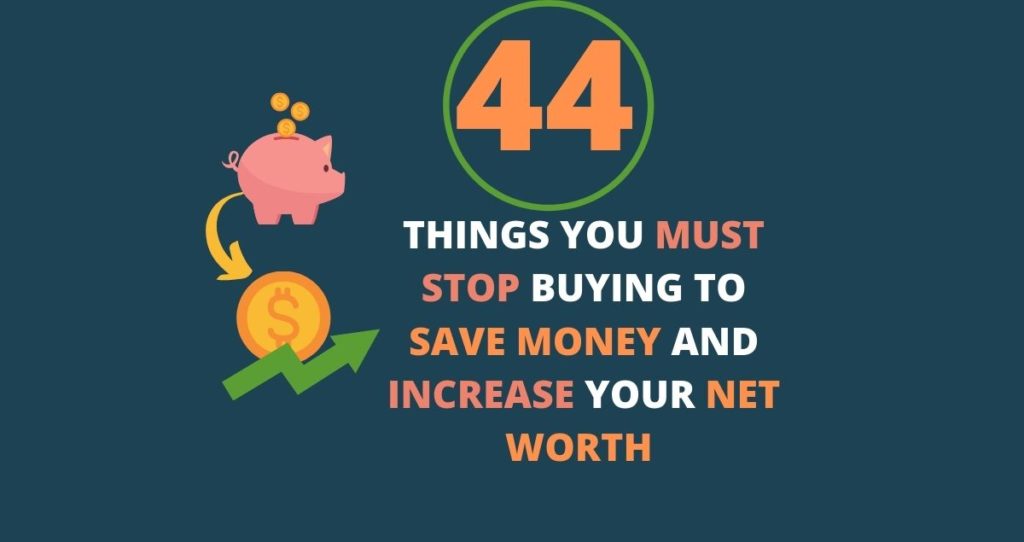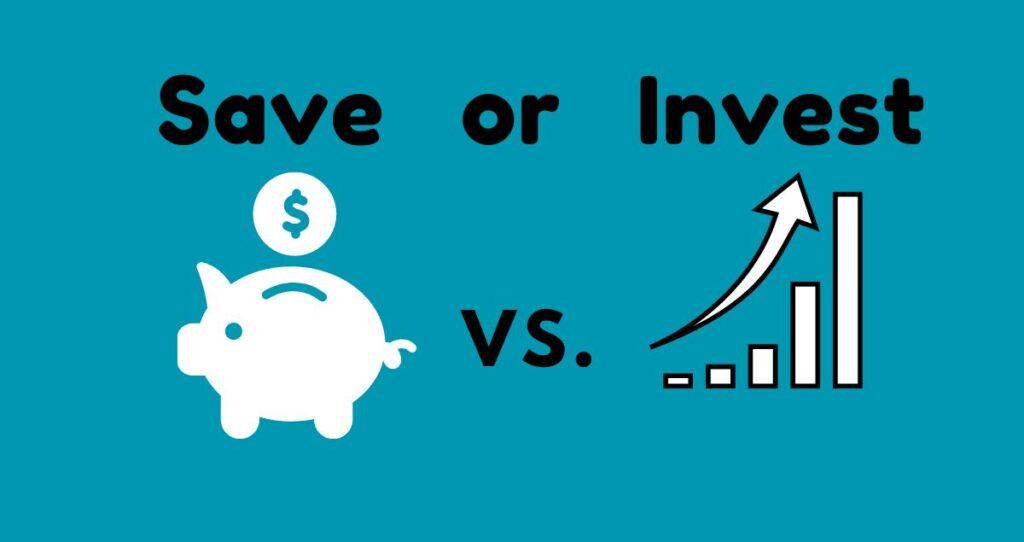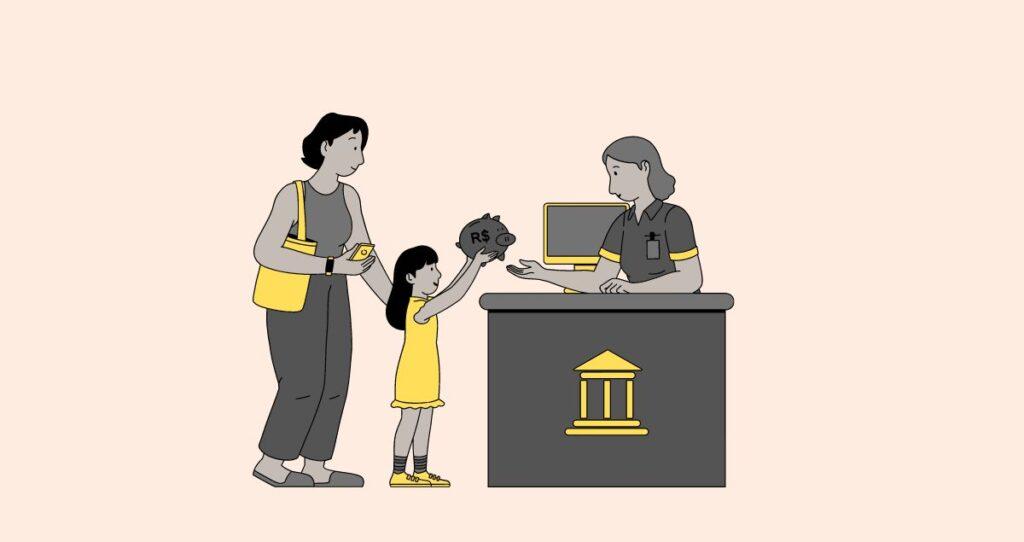An emergency fund is a critical factor in your financial planning strategies as it gives you peace of mind and serves as a safety net during unforeseen circumstances. Having thousands of dollars sitting idle in an account, however, begs a very important question: Should you invest your emergency funds? The quick answer is no. Investing your emergency funds comes with risks and compromises its liquidity and accessibility, which means that you might not have access to your funds when you need them the most, and you could end up selling your investments at a loss to raise needed capital. That is why you should not invest your emergency funds or use them to cover expenses other than emergencies.
What if you could safely invest your emergency fund for better rates without risk exposures and keep your funds liquid? In this article, we will explore the best investments for an emergency fund, investments you should not consider for your emergency funds, and some of the guidelines you should follow to pick the right investment options for your emergency funds.
The purpose of an emergency fund and its benefits
An emergency fund serves as a safety net, providing a financial cushion when unexpected expenses or crises arise.
Life is unpredictable, and it’s impossible to foresee every financial challenge that may come your way. Whether it’s a sudden job loss, a medical emergency, or a major home repair, these unexpected events can quickly disrupt your financial stability. That’s where an emergency fund comes in. Your emergency fund is designed to provide you with peace of mind and a sense of security during times of uncertainty.
Let’s explore in more detail why having an emergency fund is essential in your financial planning.
- Access to ready-to-use money. The primary goal of an emergency fund is to ensure that you have immediate access to funds when you need them the most. This means having readily available cash to cover essential expenses such as rent or mortgage payments, utilities, groceries, and medical bills.
- Prevents you from relying on high-interest debts. By having an emergency fund, you can avoid relying on high-interest credit cards, personal loans, or borrowing from friends and family when faced with unexpected expenses. It allows you to maintain your financial independence and avoid the stress of scrambling for funds when you’re already dealing with a crisis.
- Freedom to make important life decisions. An emergency fund allows you to plan for your future and make important decisions without constantly worrying about the financial implications. Whether it’s pursuing new career opportunities, starting a family, or traveling, knowing that you have a safety net in place can give you the confidence to take calculated risks and seize opportunities.
What an emergency fund is not
Unlike long-term savings or investments, the purpose of an emergency fund is not to generate significant returns or grow your wealth. Instead, an emergency fund provides you with financial stability and protects you from going into debt during challenging times.
In other words, an emergency fund is not an investment fund and should not be treated as such.
Why investing your emergency funds is not a good idea
While the idea of investing your emergency funds may seem enticing, it’s important to consider the potential risks and limitations associated with this approach.
Here are reasons you should not invest your emergency funds.
- Lack of liquidity. One of the primary reasons people choose to have an emergency fund is to have quick and easy access to cash in times of unexpected financial need. When you invest your emergency funds, you may not have immediate access to the funds when you need them the most.
- Loss of capital due to selling at a loss. Investing in stocks, bonds, or mutual funds can come with market fluctuations and volatility. If you find yourself in an emergency situation during a market downturn, you may have to sell your investments at a loss, which could significantly impact the amount of money available to you.
- More financial stress due to lack of risk tolerance. Investing your emergency fund money might not be a good idea if you have a low tolerance for risk. If you prefer stability and predictability in your financial situation, keeping your emergency fund in a highly liquid and easily accessible account, such as a savings account or money market fund, or certificate of deposits(CDs) might be a better option for you. These types of accounts generally offer lower returns compared to other forms of investments, but they provide the peace of mind and security of knowing that your funds are readily available when needed.
Where to invest your emergency fund?
The best thing you can do with your emergency fund is to not touch it unless you are in an actual emergency. However, if you decide to invest your emergency funds for higher returns, it is critical to choose your investments very carefully.
Any investment you pick should help you maintain liquidity and accessibility. In other words, you should not deviate from the primary purpose of your emergency fund which is to serve as a safety net for unexpected financial needs. With that in mind, let’s explore some suitable options for investing your emergency funds.
- High-yield savings account. These types of accounts are typically offered by online banks and credit unions and often provide higher interest rates compared to traditional savings accounts. While the returns might not be as high as other investment options, high-yield savings accounts are known for their stability and accessibility, making them a reliable choice for emergency funds.
- Money market Accounts(MMAs). These funds invest in low-risk, short-term debt securities and are designed to provide stability and liquidity. Money market funds typically offer slightly higher returns than traditional savings accounts and are regulated to ensure their safety and stability. This makes them an attractive choice for investors looking to balance the desire for higher returns with the need for quick and easy access to funds.
- No-penalty certificates of Deposit (CDs). CDs allow you to invest a fixed amount of money for a specific period of time, typically ranging from a few months to several years. In return, you receive a higher interest rate than a savings account. While CDs offer higher returns, they also come with a trade-off: your money is tied up for the duration of the CD term. No-penalty CDs, however, allow you to withdraw your funds before maturity without paying a penalty-making them a great investment option for your emergency funds. If you want to explore more about CD types, here is a list of different CDs. You can also use this guide to open a CD account.
- Roth IRA. A Roth IRA is a retirement account that allows you to make contributions with your after-tax money. Unlike other retirement plans such as Traditional IRA and 401(k)s plans where a 10% and applicable taxes may be applied when you withdraw your funds before turning 59 1/2; you can withdraw your own contributions from Roth IRA penalty-free. Making it a good investment for emergency funds. Here is a guide on how to Open a Roth IRA.
- Treasury Bills(T-Bill). These are financial products that are backed by the U.S. Treasury Department and they have maturity dates ranging from one month to 1 year. T-Bills are usually assigned a Par-value(face value) which is what the bill is worth if you hold it until maturity. You then buy it at a discount and get paid the face value at maturity. This allows you to pocket the difference.
Investments to avoid with your emergency fund
If you have decided to invest your emergency fund, stay away from risky and volatile investments. This is because you might end up losing your money or selling at a loss when you need money the most. Additionally, stay away from illiquid investments as they are hard to sell.
Here are investments you should not pursue with your emergency fund.
- Individual stocks. Individual stocks are known for their high volatility and risk. Meaning that their values go up and down based on market sentiment and economic conditions. The value of your stock portfolio can easily lose 30% or more during a bear market. All it takes is one bad news in the market, and there goes your portfolio. If you experience an emergency when your portfolio is at its lowest, you will end up selling at a huge loss. For this reason, you should never invest your emergency fund in individual stocks.
- Hedge Funds and Private Equity Funds. These investments carry more risks which makes them unsuitable options when investing your emergency funds.
- Currencies. Just like stocks, cryptocurrencies are known for their high volatility. In case of emergencies, you might end up selling at a huge loss to raise money. This also applies to normal currencies as they tend to lose value or fluctuate over time.
- Peer-to-Peer Lending. While you can earn some forms of returns through peer-to-peer lending, there is no guarantee that your borrowers won’t default on their loans or pay you back on time. For this reason, you should avoid Peer-to-peer lending with your emergency funds.
- Hard to liquidate assets. You should not invest your emergency fund in illiquid assets such as real estate as it takes longer to turn them into cash. For example, if you purchase a piece of land with your emergency fund, it might take months or years to find a buyer for that land-making it harder to access your cash when you need it the most.
Things to consider when investing your emergency fund
Investing comes with risk especially when investing your emergency funds. In order to maintain access to your funds and minimize risks, here are two important things to keep in mind when picking investments for your emergency fund.
1. Liquidity and accessibility
When it comes to investing your emergency funds, it’s not just about finding the highest returns. It’s also essential to maintain liquidity and accessibility. After all, the whole purpose of an emergency fund is to provide a financial safety net for unexpected expenses or sudden income loss. Without easy access to your funds when you need them most, the investments may not serve their intended purpose.
2. Diversify your emergency fund investments to minimize loss
Diversifying your emergency fund investments involves spreading your money across different asset classes to reduce risk and increase the potential for returns.
By diversifying your emergency fund, you ensure that you are not solely reliant on one type of investment. This strategy helps protect your funds from the ups and downs of any particular investment. For example, if you have invested your entire emergency fund in a single high-yield savings account and that bank faces financial troubles, your funds may be at risk. Even if your account was backed by FDIC or NCUA, it might take months before you can get your money back.
However, by allocating your emergency fund across various assets, such as a combination of high-yield savings accounts, money market funds, CDs, and T-bills, you create a safety net that can weather potential storms.
Should I build up my emergency fund or invest?
While it is always recommended to invest in your future as much as possible, it is never a good idea to solely focus on investing without an emergency fund. Investing comes with the risk of losing the interest earned, the principal, or both. That is why you need an emergency fund to protect you in case you lose your money or your investments are not liquid enough to support you during emergencies.
It is always a good idea to make your emergency fund a priority over investing. Keep in mind that saving for emergencies does not mean you cannot invest. You can easily invest money and save for emergencies at the same time.
For example, if you put your emergency fund in a high-yield savings account or a no-penalty CD, you will be saving for emergencies while investing at the same.
If you cannot invest and save for an emergency fund at the same time, only focus on building your emergency fund first and invest later.
You might also like: 4 ways to save for emergency fund fast
How much emergency fund should I have before investing?
Determining how much emergency funds you should have before investing depends on various factors and individual circumstances. Firstly, take into account your monthly expenses. Calculate the amount you need to cover your essential costs for three to six months. This should include mortgage or rent payments, utility bills, groceries, transportation, and any other necessary expenses.
For example, if your monthly expenses are $3,000, you should save $9,000 to $18,000 in emergency funds.
Next, consider any additional financial commitments or potential risks you may face. For example, if you have dependents or uncertain job stability, it may be wise to aim for a larger emergency fund to provide a financial safety net.
More savings tips
5 reasons why you can’t save money every month
15 ways to save money when Living Paycheck to Paycheck
53 Personal Finance Terms You Need to Know
How to prepare for a recession: 13 tips to survive a recession
